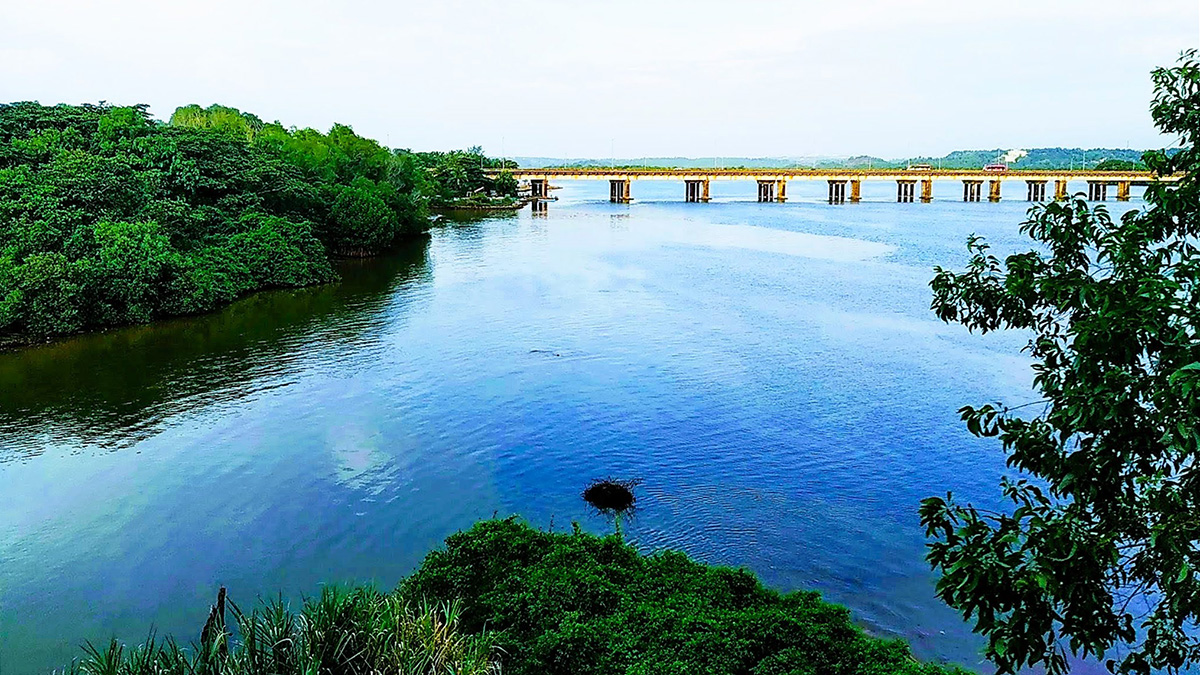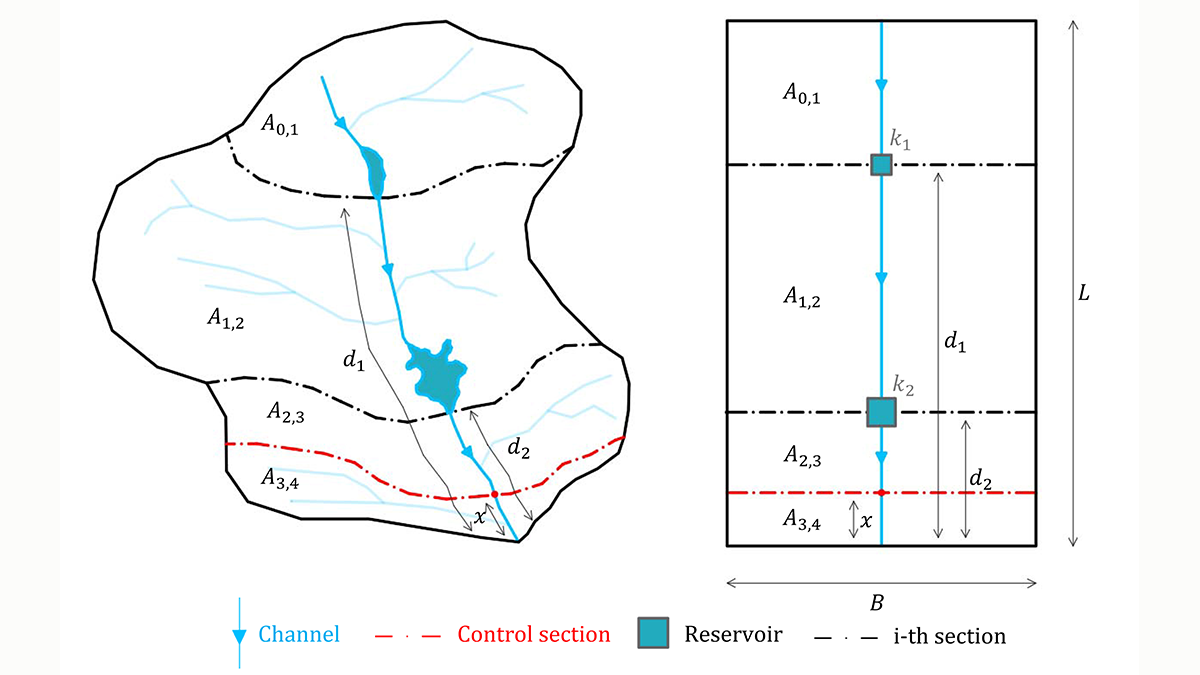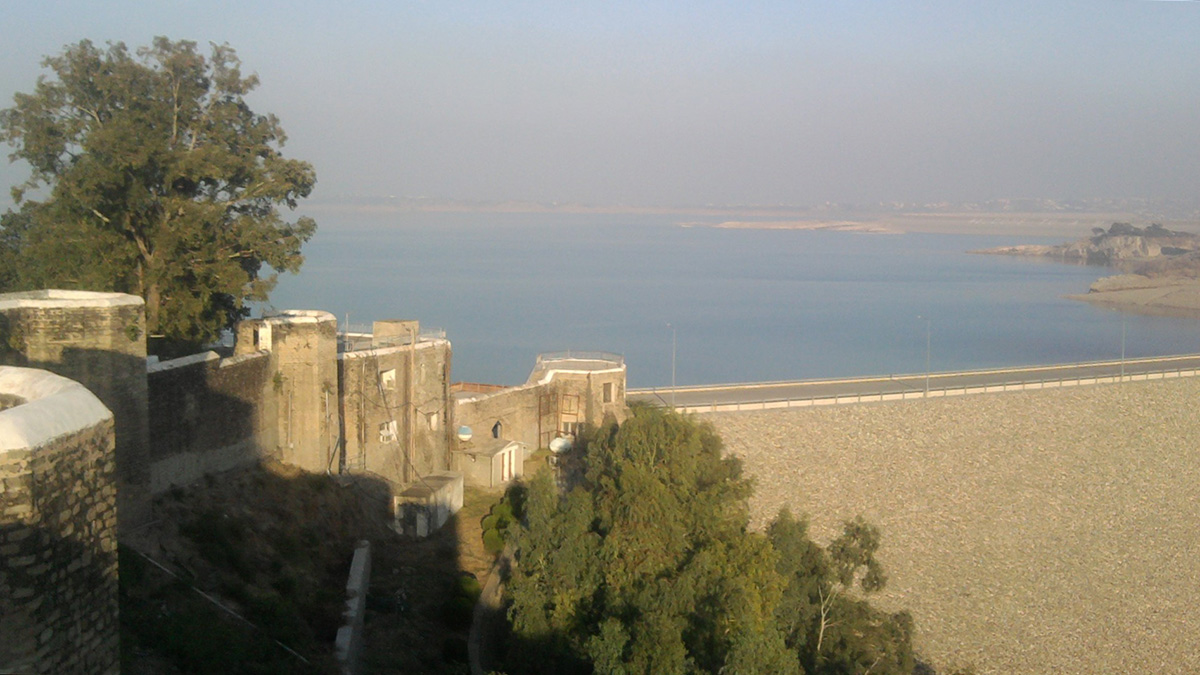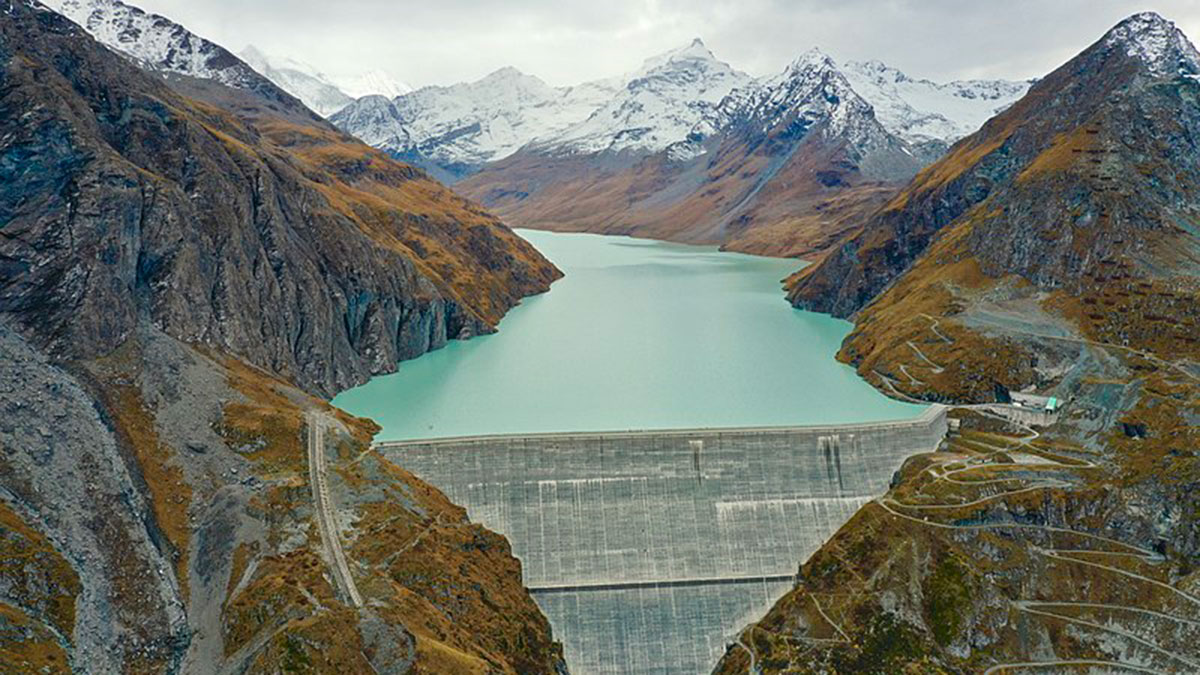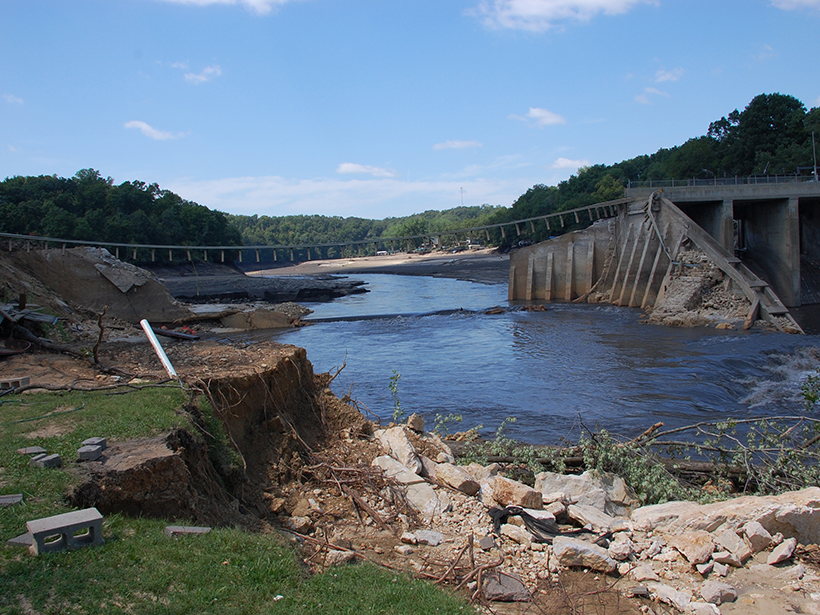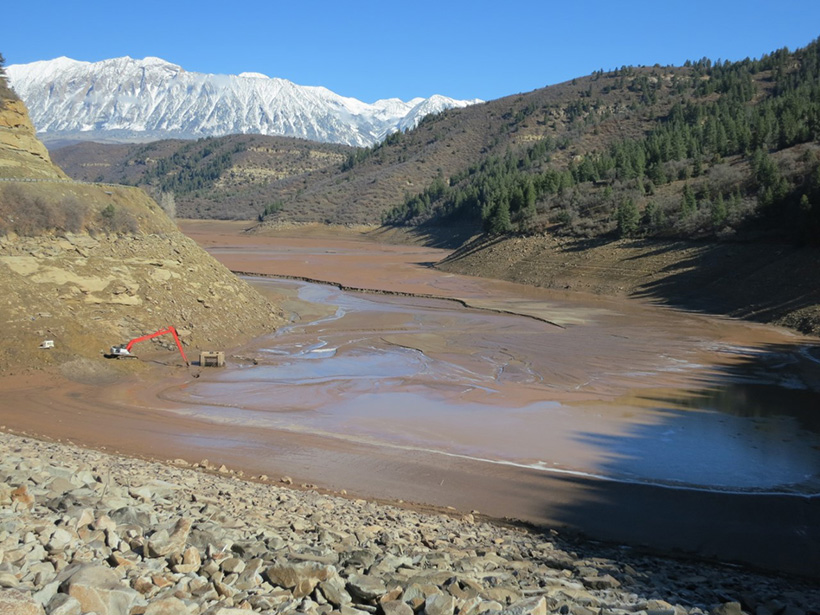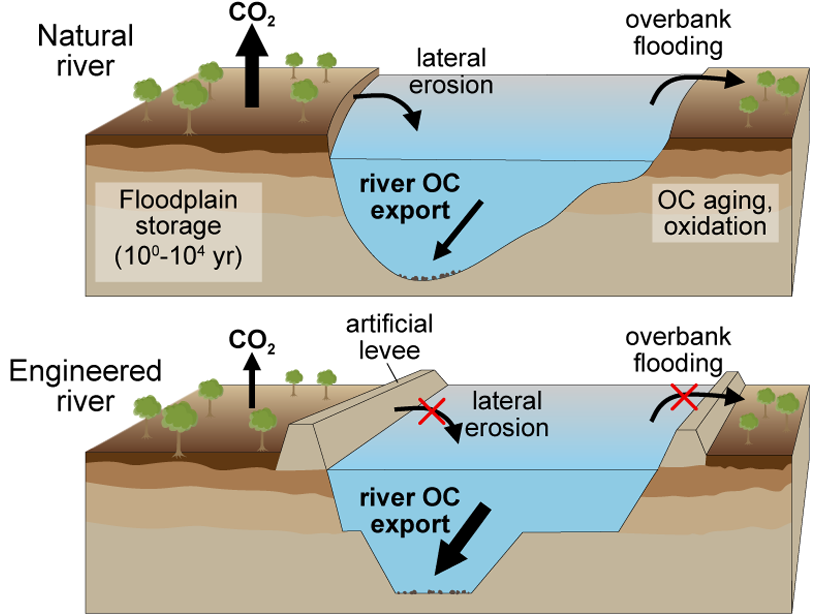Researchers have developed a new analysis based on a river’s catchment area as opposed its length.
dams & reservoirs
Endangered Rivers Plagued by Pollution, Climate Change, and Outdated Management
The annual list of America’s Most Endangered Rivers includes practical calls to action to turn the tide on threatened U.S. waterways.
A New Index to Assess Multiple-Reservoir Effects on Peak Floods
A simple, yet quantitative, index is demonstrated to quantify reductions in the peak flood resulting from multiple reservoirs, arranged in series along the same river reach.
Managing Strategic Water Resources in a Changing Climate
Another significant step has been taken in methods for managing water resources in the face of climatic changes and other future uncertainties. Dynamic adaptation is becoming a reality.
A Monsoon-Filled Reservoir Might Have Nudged a Fault to Fail
New research examines whether a sudden increase in water loading in Pakistan’s Mangla Dam might have been connected to the 2019 New Mirpur earthquake.
Researchers Zero In on Methane Released from Reservoirs
Using new methods, researchers can estimate how much methane is released each day from reservoirs—an important step in estimating global methane emissions.
Below Aging U.S. Dams, a Potential Toxic Calamity
Documents suggest that in more than 80 U.S. locations, the failure of an aging dam could flood a major toxic waste site.
Siltation Threatens Historic North Indian Dam
Experts recommend reforestation campaigns to combat siltation at Bhakra Dam, one of the first infrastructure projects pursued by India after independence.
Sediment Mismanagement Puts Reservoirs and Ecosystems at Risk
Current regulations and reservoir management practices impede efforts to deal with sediment accumulation behind U.S. dams. New approaches are needed to improve reservoir sustainability.
How River Engineering Alters Carbon Cycling
Artificial levees in the Lower Mississippi River bypass floodplain processing and increase delivery of carbon to the ocean.

